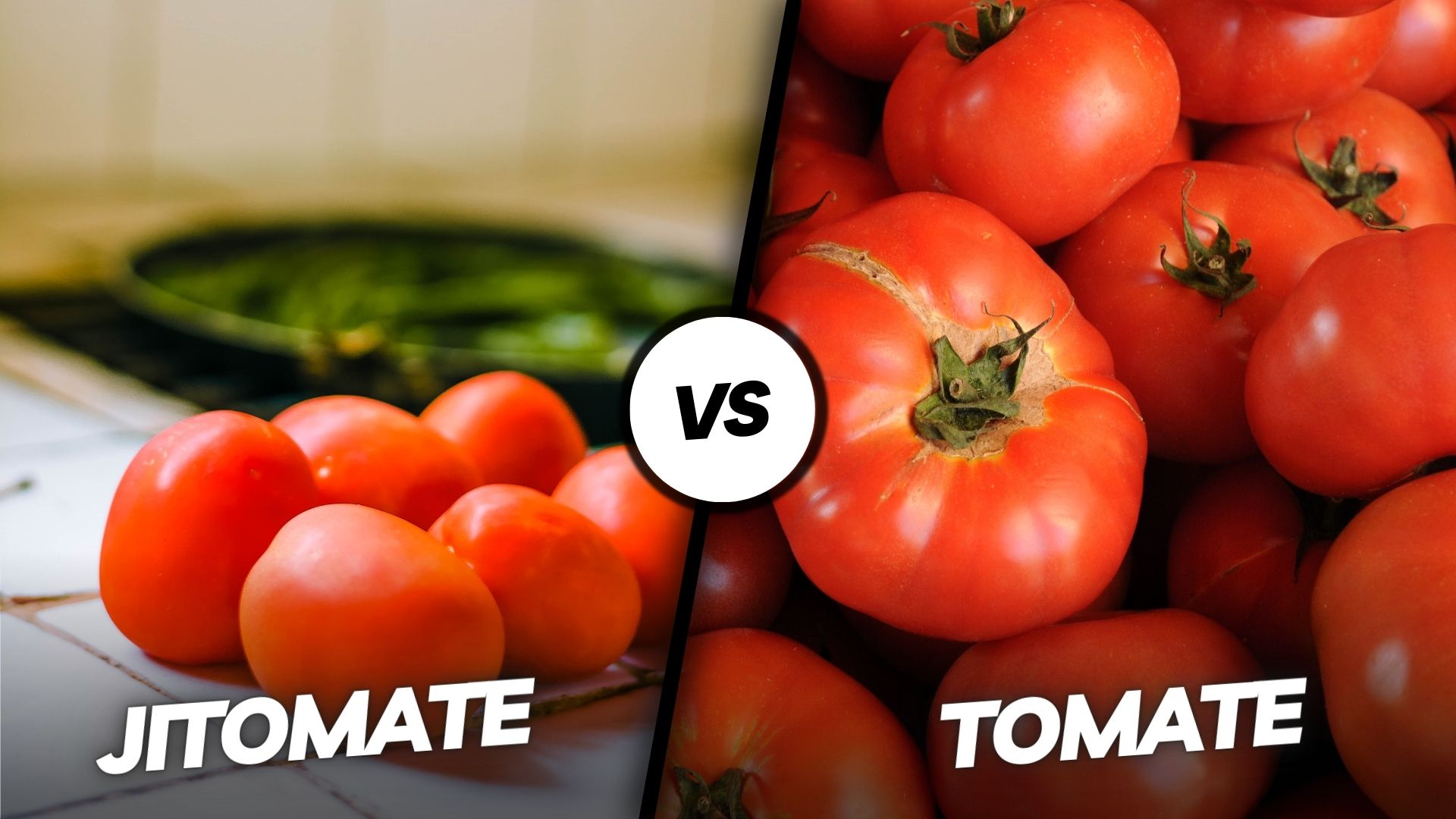The debate between Jitomate and Tomate is a long-standing one that has gained attention across many different regions. Known as the tomato in English, this versatile fruit (yes, it’s a fruit) is widely consumed and used in cuisines across the world. However, there is a difference in the way the tomato is referred to and used in different parts of the world. In this article, we will explore the differences between Jitomate and Tomate, their usage, cultural significance, and global impact.
Origins of the Tomato
The tomato is native to South America, where it has been cultivated for thousands of years. It was first domesticated by the Incas and was later introduced to Mexico by the Spanish conquistadors. The tomato then made its way to Europe and North America in the 16th century.
Comparison of Jitomate vs Tomate
The terms Jitomate and Tomate both refer to the same fruit, but they are used in different parts of the world. In Latin America, particularly in Mexico, the tomato is commonly referred to as Jitomate, while in Europe and North America, it is known as Tomate. The term Jitomate comes from the Nahuatl word “xitomatl,” which means “plump thing with a navel,” while the term Tomate comes from the Aztec word “tomatl,” which means “plump fruit.”
Appearance and Taste
While the physical appearance of Jitomate and Tomate may be similar, there are slight differences in their size, shape, and color. Jitomate is generally smaller and rounder than Tomate, with a brighter red color. Tomate, on the other hand, is larger, more oblong in shape, and has a darker red color. In terms of taste and texture, Jitomate is sweeter and softer than Tomate, which has a slightly tangy flavor and firmer texture.
Culinary Usage
Jitomate and Tomate are used in a variety of dishes across different cultures. In Mexico and Latin America, Jitomate is a staple ingredient in many dishes, including salsa, guacamole, and tacos. It is also used in soups and stews. Tomate, on the other hand, is more commonly used in Mediterranean and European cuisines, particularly in Italy and Spain, where it is used in pasta dishes, salads, and sauces.
Nutritional Value
Both Jitomate and Tomate are low in calories and high in vitamins and minerals. They are a good source of vitamin C, potassium, and dietary fiber. Tomatoes are also rich in lycopene, an antioxidant that has been linked to reducing the risk of certain types of cancer.
Production and Distribution
The production and distribution of Jitomate and Tomate differ depending on the region. Mexico is the largest producer of Jitomate in the world, followed by China and India. Tomatoes are produced in many countries around the world, with China being the largest producer, followed by the United States and India.
Cultural Significance
The tomato has cultural significance in many regions, and its usage varies according to local customs and traditions. In Mexico, the tomato is a staple ingredient in many traditional dishes, such as pico de gallo and salsa. In Italy, Tomate is a key ingredient in many pasta sauces and pizzas. In Spain, it is used in gazpacho, a cold soup that is popular during the summer months.
Global Impact
The global impact of Jitomate and Tomate goes beyond their culinary usage. They have played a significant role in the agricultural industry and trade between countries. Tomatoes are one of the most widely traded agricultural products in the world, with billions of dollars in exports and imports each year. Jitomate, on the other hand, is a key ingredient in the production of tomato paste and sauce, which are widely exported.
However, the production and distribution of Jitomate and Tomate have not been without controversy. In recent years, there have been concerns about the environmental impact of intensive farming practices and the use of pesticides in tomato production. There have also been debates around fair trade practices and labor rights for tomato farmers and workers.
Conclusion
In conclusion, Jitomate and Tomate are two terms used to refer to the same fruit, but they have different cultural and culinary significance across different regions of the world. While Jitomate is commonly used in Latin American cuisine, Tomate is more prevalent in European and Mediterranean cuisines.
Both fruits are low in calories and high in nutritional value, making them a healthy addition to any diet. However, the production and distribution of Jitomate and Tomate have raised concerns about the environmental impact and labor rights in the agricultural industry.

